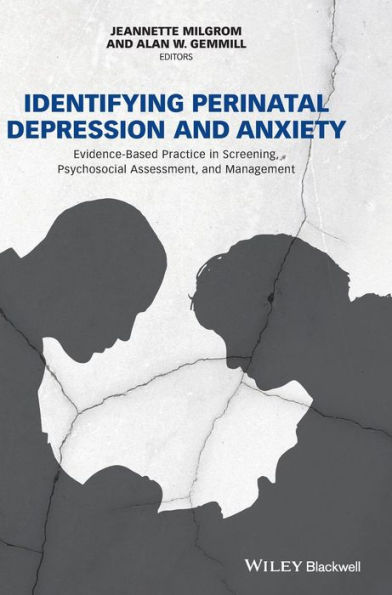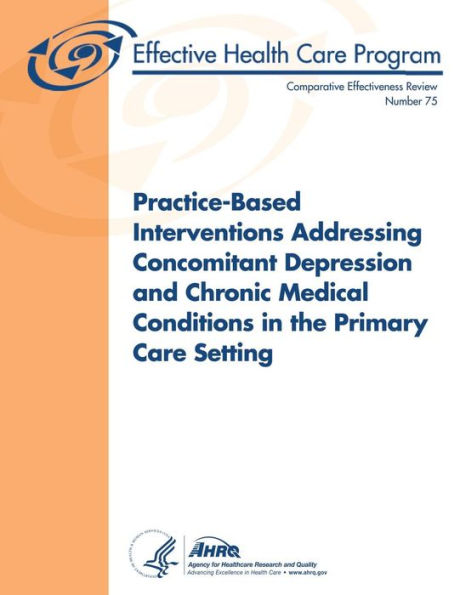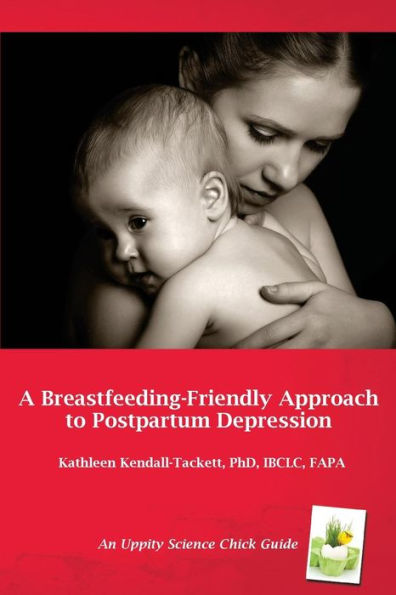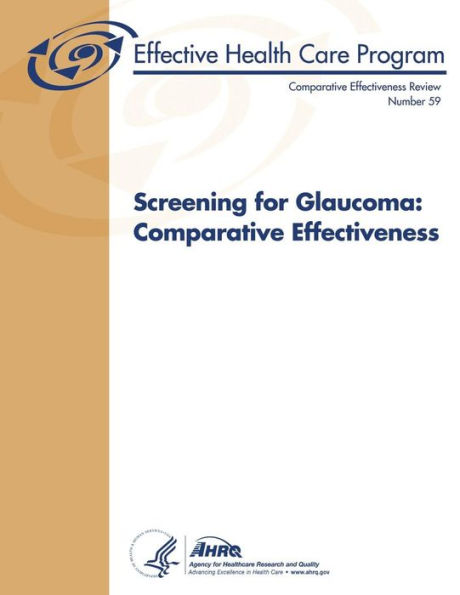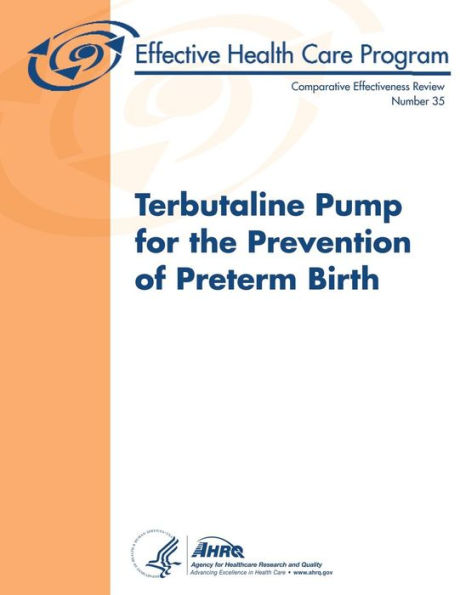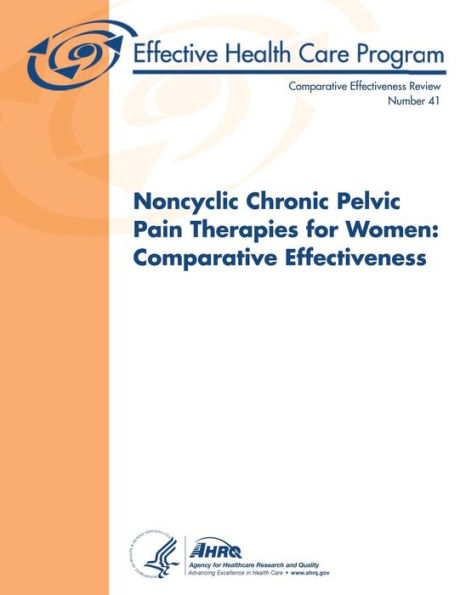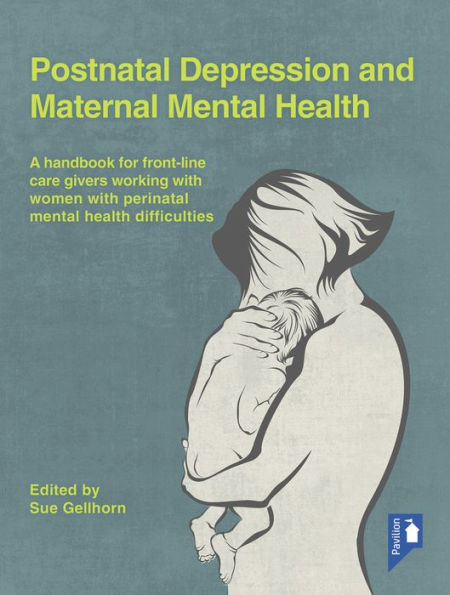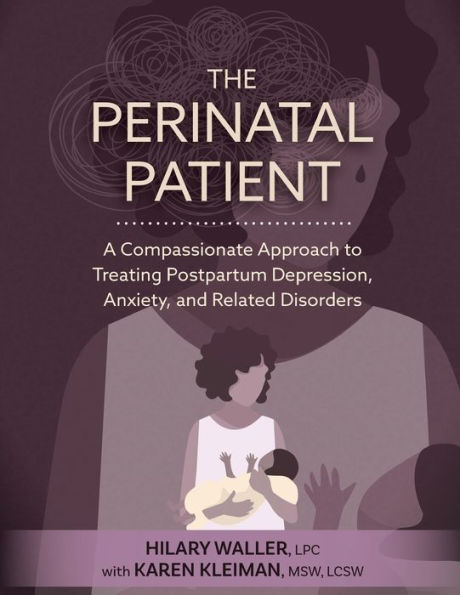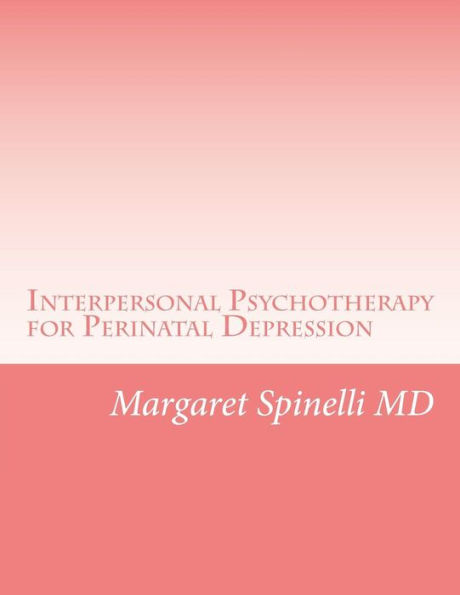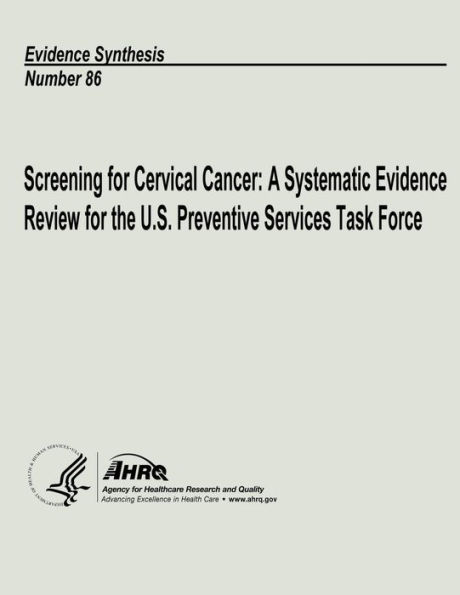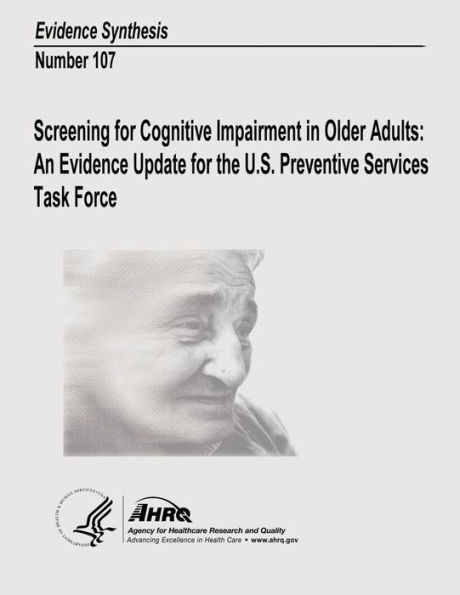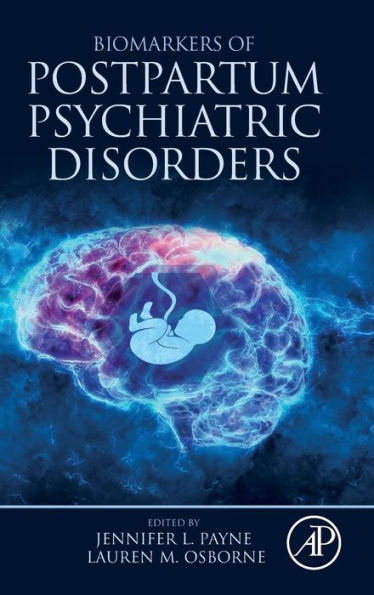Home
Efficacy and Safety of Screening for Postpartum Depression: Comparative Effectiveness Review Number 106


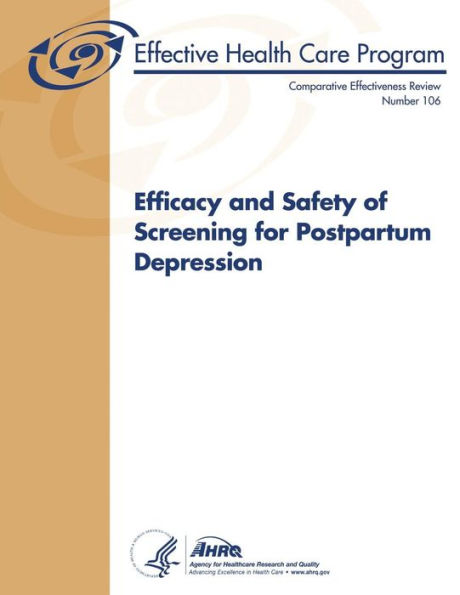
Efficacy and Safety of Screening for Postpartum Depression: Comparative Effectiveness Review Number 106
Current price: $23.99
Loading Inventory...
Size: OS
Depression is a potentially life-threatening condition with a substantial impact on quality of life. The impact of depression in postpartum women is at least as great as that of depression in other populations. Postpartum depression is defined in the "Diagnostic and Statistical Manual of Mental Disorders, 4th Edition, Text Revision" as a major depressive disorder according to standard diagnostic criteria-namely, five or more of the following symptoms present during the same 2-week period, with a secondary criterion of onset of symptoms within 4 weeks of delivery: Depressed mood most of the day nearly every day, as indicated by either subjective report (e.g., feels sad or empty) or observation made by others (e.g., appears tearful); Markedly diminished interest in pleasure in all or almost all activities most of the day nearly every day (as indicated by either subjective account or observation made by others); Significant weight loss when not dieting, weight gain, or decrease or increase in appetite nearly every day; Insomnia or hypersomnia nearly every day; Psychomotor agitation or retardation nearly every day (observable by others; not merely subjective feelings of restlessness or being slowed down); Fatigue or loss of energy nearly every day; Feelings of worthlessness or excessive or inappropriate guilt (which may be delusional) nearly every day (not merely self-reproach or guilt about being sick); Diminished ability to think or concentrate, or indecisiveness, nearly every day (either subjective account or as observed by others); Recurrent thoughts of death (not just fear of dying), recurrent suicidal ideation without a specific plan, or a suicide attempt or a specific plan for committing suicide. This review was funded by AHRQ and designed to evaluate the comparative diagnostic accuracy, benefits, and harms of available screening instruments for postpartum depression. The Key Questions considered in this review are: KQ 1: This question has two parts: a. What are the sensitivity and specificity of currently available screening instruments for detecting postpartum depression, and how do these translate into the likelihood of false negative and false-positive results in different populations and settings? b. Are there clinically relevant differences in the ability of currently available screening instruments to correctly identify specific signs or symptoms of depression (e.g., suicidal ideation)? KQ 2: This question has two parts: a. Are there individual factors (age, race, parity, history of mood disorders, history of intimate partner violence, perinatal outcomes, cultural factors) that affect the baseline risk of postpartum depression and, therefore, the subsequent positive and negative predictive values of screening instruments? b. Are there validated predictive models or algorithms based on such factors that would improve the performance of screening instruments? KQ 3: Are the performance characteristics (sensitivity, specificity, predictive values) of screening instruments affected by: a. Timing (prenatal, peripartum, or at various times in the first postpartum year) and frequency of screening? b. Setting (prenatal visit, hospital/birthing center/home, postpartum maternal visit, or well child visit)? c. Provider (obstetrician, midwife, pediatrician, family practitioner, other health provider)? KQ 4: What are the comparative benefits of screening for postpartum depression when compared with no screening, or between different screening strategies (based on choice of screening instrument, timing, setting, etc.)? KQ 5: What are the comparative harms of screening for postpartum depression when compared with no screening, or between different screening strategies (based on choice of screening instrument, timing, setting, etc.)? KQ 6: Is the likelihood of an appropriate action (referral, diagnosis, treatment, etc.) after a positive screening result affected by timing, setting, patient characteristics, or other factors?
